It is really disheartening when you put so much time and effort into baking your favorite cake, but in the end, you cannot get it out of the pan. This is a common problem that many people face.
Don’t fret. We will put you out of your misery by showing you exactly how to get a cake out of the pan because where there is a problem, we find a solution.
The best thing is you do not need any advanced skills or expensive components to achieve this. This guide lists some very simple and practical ways to solve matters in no time. As a matter of fact, we have compiled multiple techniques that you can choose from depending on the type of your cake and pan.
So put an end to your struggles by reading ahead!
How to Prepare the Pan
Preparing ahead is always a good option if you don’t want to lose your focus or run out of ingredients in the middle of the process. It also improves your chances of getting the cake out of the pan smoothly.
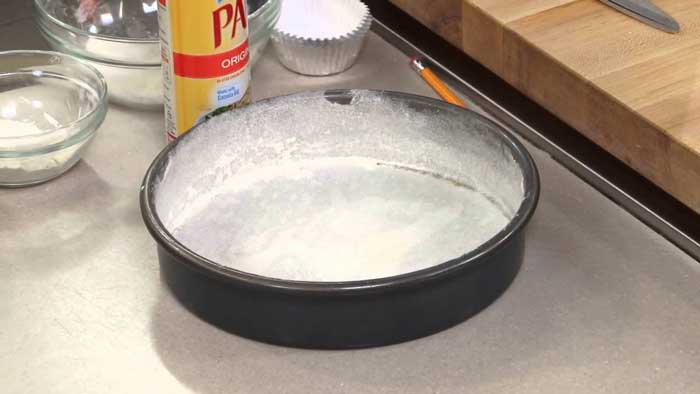
Here is a list of methods you can use to prepare the pan:
Grease and Parchment Paper
This is the most popular method that has proved to be effective. Coat the sides of the pan with a cooking spray or butter.
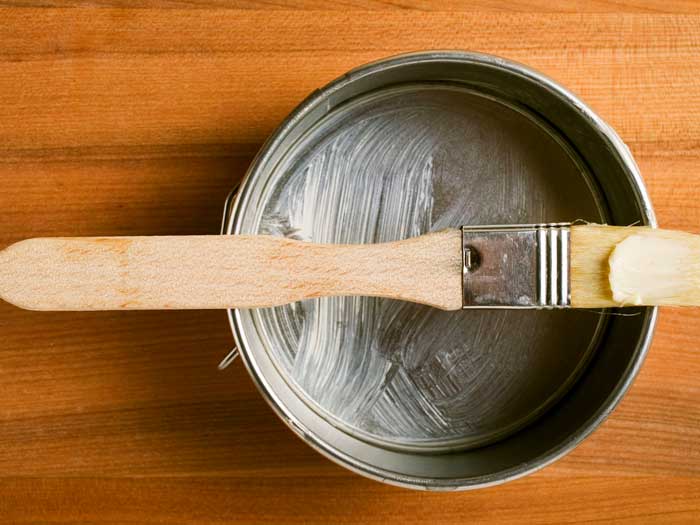
Afterward, place the pan over parchment paper and trace it with a pencil in order to obtain the exact shape and size. Cut the traced paper with sharp scissors and insert them into the pan. You can grease the paper again for an extra layer of protection. If you’re using a spray, then spray it in the air rather than using it directly on the pan.
Grease with Flour
You can use room temperature oil or butter to grease the pan. Do not directly put the greasing component; rather, use a brush or a towel to do that. Sprinkle two tablespoons of flour over the entire pan before and after greasing it. Make sure the flour reaches each and every corner.
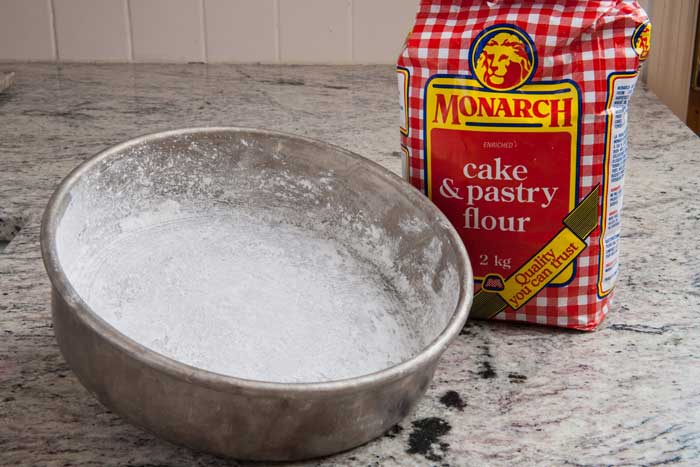
Only Grease
This is not as effective as the others, but if you’re in a hurry or do not have parchment paper, this is the best you can do. Use baking spray, vegetable oil, or butter to grease the entire pan. Be as generous as possible since there is no extra layer of flour or liner.
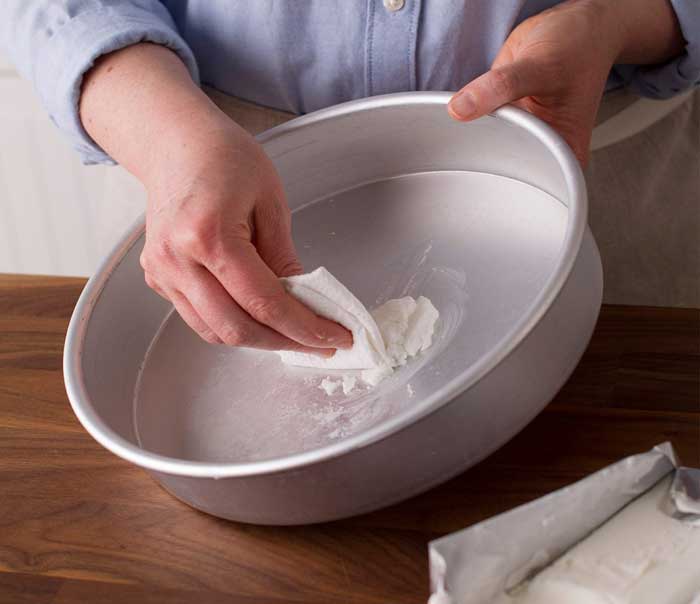
How to Easily Get Cake out of a Pan
No matter what type of cake you have baked, getting it out of the pan is always the trickiest part. Hence why we have compiled a variety of ways you can avoid this. Choose whatever suits best for your situation. They range from simple to intricate but do not shy away from going the extra mile to get the perfect shaped cake.
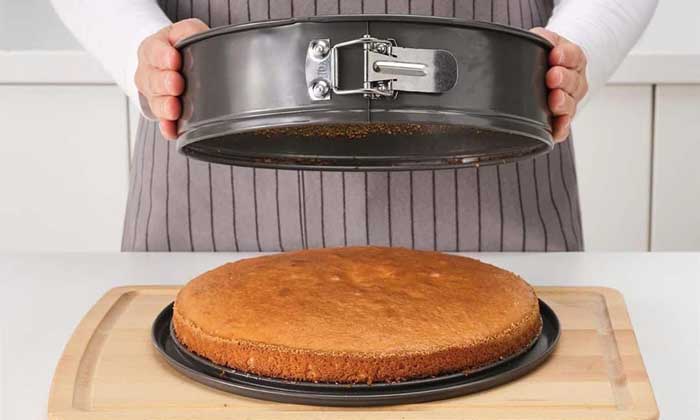
We have gathered together some solutions to this. Here they are:
Cooling
We bet you have heard this many times, but we still had to include this because it is immeasurably essential. Even when you get all the measurements, ingredients, and duration right, not cooling it will be the downfall.
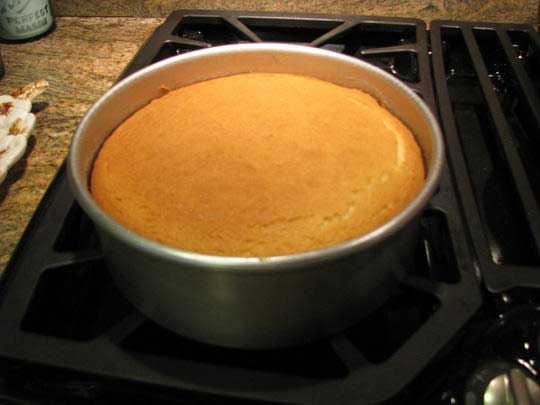
Do not even think about taking the cake out of the pan unless it has cooled down to room temperature. If you do not abide by this rule, your cake will crumble into pieces and/or remain stuck in the pan.
Loosen
By holding the pan firmly, invert it and tap it gently to loosen it up. Place a plate under it so that it has something to land on. Refrain from shaking it in different directions.
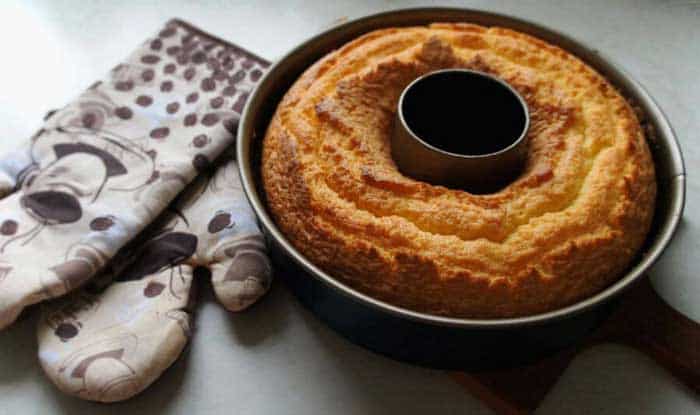
If tapping does not work, another way to loosen the cake would be to use a butter knife around the edges of the pan. You might need to repeat this couple of times before the cake starts to come off the pan. Next, slowly slide the cake from the pan onto a plate. Be gentle and patient while doing this.
Leave to Rest
This is similar to the other two methods but requires lesser work. All you have to do is flip the pan upside down on a cooling rack and let it rest there for about 15 minutes—no need to tap or use knives.
And this will allow air to pass around the pan, speeding up the cooling process, and the moisture from the grease will then slowly release the cake.
The Microwave Method
This method works like magic! Put the pan over a mug filled with boiled water inside the microwave. Do not turn the microwave on. Just leave it as it is for a few minutes.
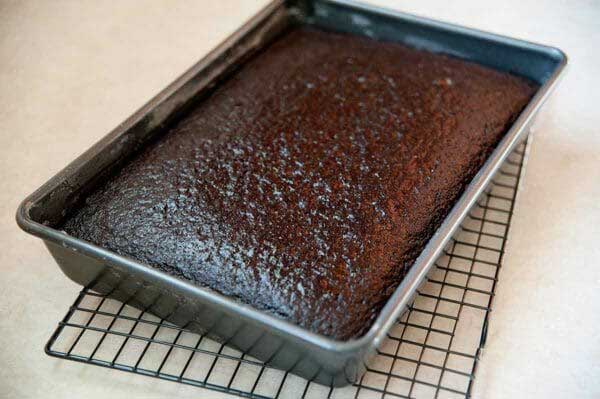
Refrigerate
Another possible solution is to cool the pan for 15 minutes, then putting it in the fridge for another 15 minutes. For better results, use the butter knife method before and after refrigerating the cake.
It is very unlikely that the cake will still stay stuck or be prone to falling apart once it is chilled. Do not make the mistake of transferring the cake pan to the fridge immediately after taking it out of the oven. You must let it rest for the specified time above.
This works better in summer as the room temperature is higher than normal.
Use Ice Cubes
Fill a big bowl with cold water and ice cubes, then insert the cake pan on to it. After a few minutes, the cake should have loosened up by a notch. You can now remove it from the pan without any hassles.
Dishcloth
Soak a dishcloth in lukewarm water and wrap it around the pan for 15 minutes. This helps the pan to expand a little bit so the cake can be released smoothly.
How to Get Cake out of Bundt Pans
Bundt pans are, of course, different from the typical pans we use to bake a cake. It is a challenging task to get a Bundt cake out of a pan in one shape.
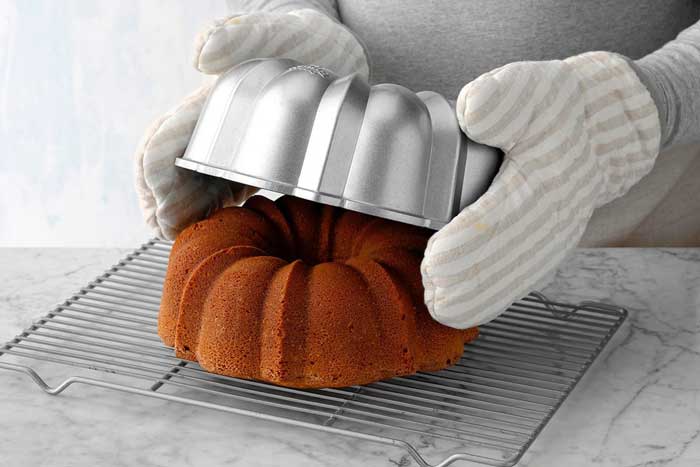
The following ways explain how to get the cake out of Bundt pans:
Grease Well
Whether your Bundt pan is non-stick or not, grease it liberally, sprinkle with spoonfuls of flour, and coat every inch with melted butter. If you’re using a baking spray, make sure you don’t miss any of the corners.
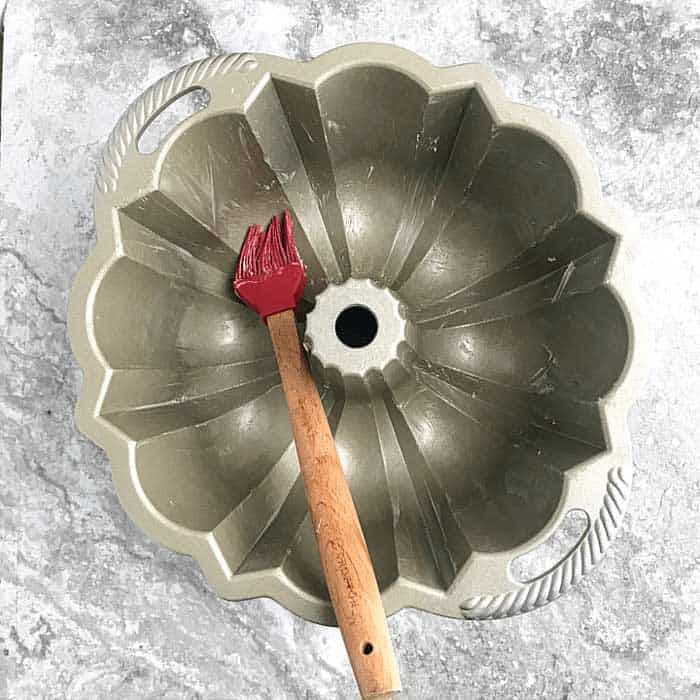
Use a Warm Oven
Preheat the oven to 250°F and put the cake back in for just 5 minutes. Now take it out and let it rest on a cooling rack. This works especially well for Bundt pans, so do try this one out.
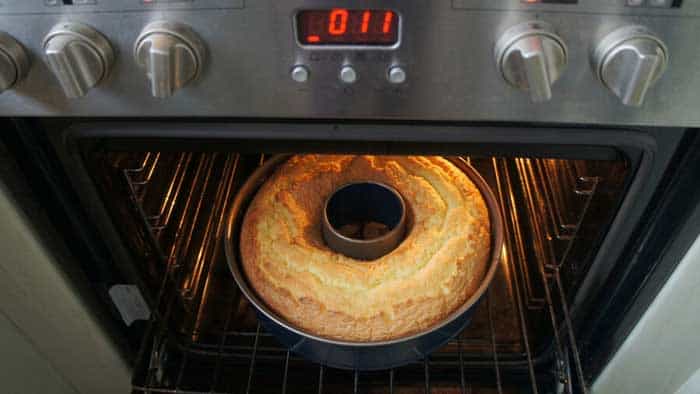
Use a Spatula
This can be very tricky, but with practice, you will get it right without making any mistakes. Gently insert a silicone spatula around the edges of the pan to help the cake get released. Do not forget to use the spatula in the middle of the Bundt pan. Tap it a few times, then check to see if it has unmolded.
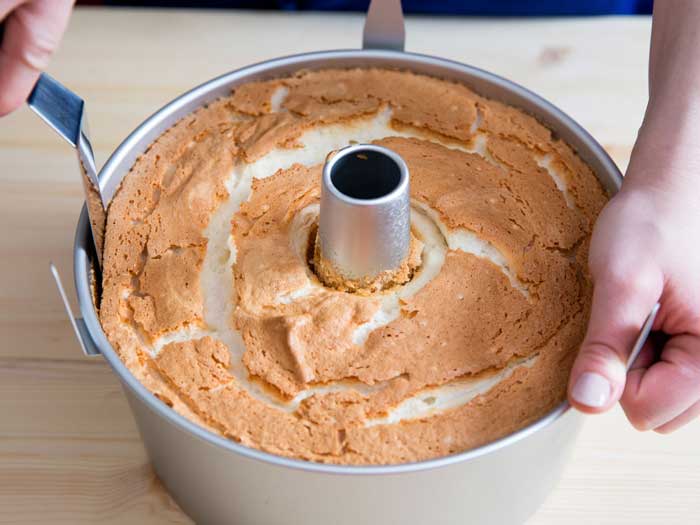
Get Your Cake out of the Pan!
Some recipes require you to use more than one pan to prevent overfilling, so you will need both the cakes to come out perfectly. If you follow the recipe diligently and the aforementioned techniques, you won’t face any problems along the way.
However, if your cake still manages to crumble, stick, or even get burned, you can always salvage it in one way or another. Just don’t give up!
When it comes to baking, there is no point in thinking about being cost-effective. For example, you might want to use aluminum foil instead of parchment paper or completely scrape off one step to save money, but that will lead to a mishap or a lack of taste.
Therefore, opt for the method that best suits the type of cake you plan on baking and have a successful baking day!

